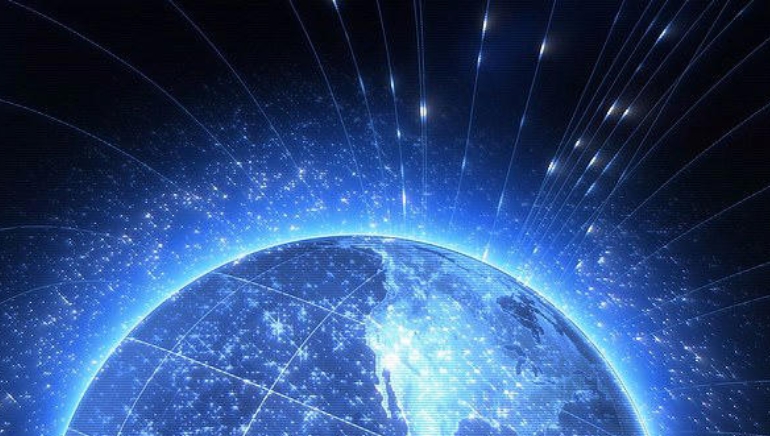NASA scientists have discovered Earth’s mysterious “polar wind,” which is an electromagnetic field that drives air particles from the poles to space. This phenomenon was first noticed in the 1960s but remained unexplained until the Endurance mission, which launched from Svalbard in Norway in May 2022, verified its occurrence.
Glyn Collinson of NASA’s Goddard Space Flight Centre led the expedition, which employed specialised sensors to monitor a tiny 0.55-volt change in the electric field. This fluctuation was sufficient to explain how the polar wind propels particles such as hydrogen ions into space at supersonic speeds. This force lifts even heavier oxygen ions into space. The electric field, positioned around 150 miles above the Earth’s surface, counteracts gravity and permits particles to escape.
“This field has been here since the beginning, alongside gravity and magnetism,” Collinson told reporters. “Despite its weakness, it’s crucial to understanding how our planet works.”
The discovery offers light on Earth’s atmospheric loss and may provide insights into similar processes on Venus and Mars. The report, published in Nature on August 28, 2024, represents a substantial leap in atmospheric science.















